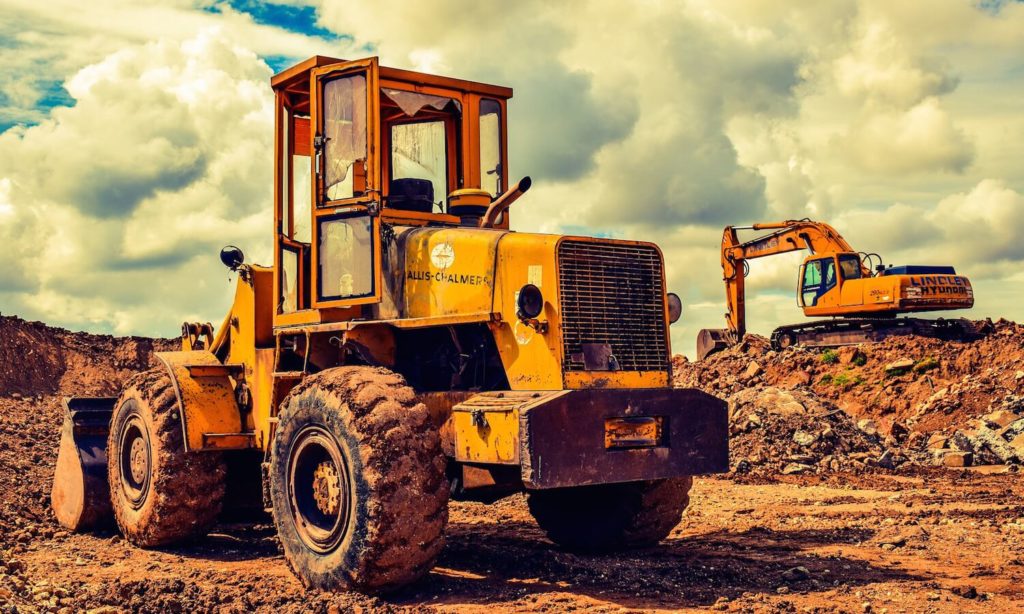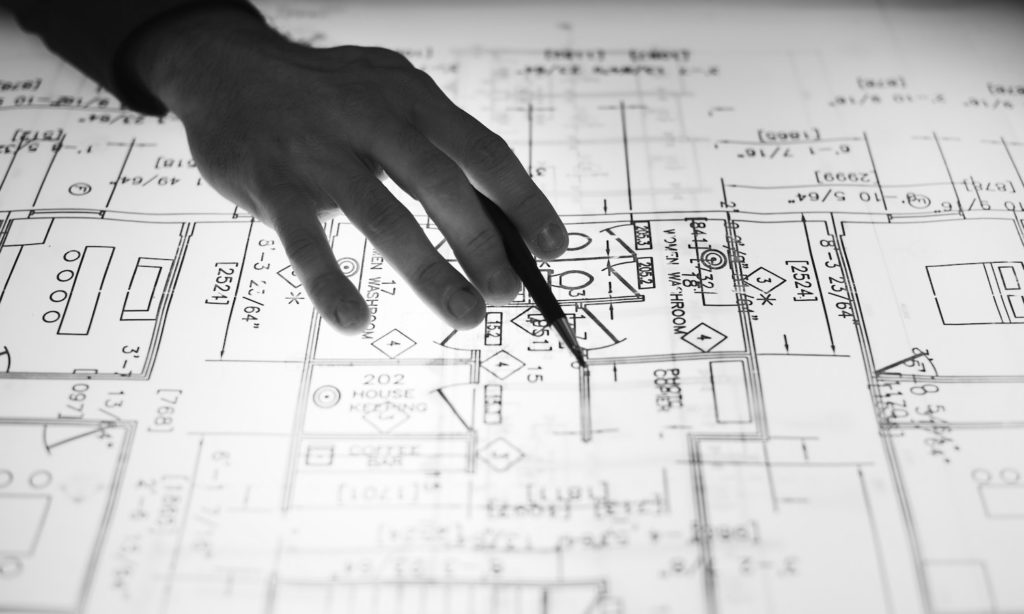When Convenience Has a Human Cost
Home Delivery Services – Mini Series Home Delivery Services – The Human Cost Amazon has single-handedly changed the way we shop. Americans love the convenience of ordering something online and having it delivered to their doorstep the next day. Last year alone, Amazon shipped over 2.3 billion packages. This convenience comes with a real human cost, however, and the question becomes does the human cost of expedited home delivery services outweigh the convenience? Since 2015, there have been countless car accidents and 10 deaths associated with Amazon or other delivery service trucks. There are many tragic stories out there, all with a disturbing commonality – the delivery service vehicle caused the accident in the driver’s haste . Amazon has been successfully avoiding liability for these accidents thus far, maintaining that these drivers aren’t employees or agents of Amazon, and therefore, the company is not liable. At Morefield Speicher Bachman LC we believe that the driver is not the only responsible for the accident but in many cases, the company paying for the delivery of their product should also be held accountable. In cases where the delivery service is operating according to the requirements laid down by Amazon or the other product seller, the product seller may be responsible. We can investigate this issue for you. Several years ago, when United Parcel Service (UPS) and the U.S. Postal Service (USPS) couldn’t keep up with the high demand created by Amazon, the company got creative. Amazon enlisted an army of contractors to deliver their packages. These contractors range from smaller, private companies, to individuals hired via an app called Flex. Amazon safety concerns What is concerning is that while UPS and the USPS drivers are thoroughly trained in best-in-class safety practices, Flex drivers are not. In fact, they are trained primarily by watching a short safety video on their phones. In the meantime, Amazon and other online companies may call the shots on delivery times and hold these delivery workers to very tight schedules and require a 99% on-time delivery rate. The large volume of deliveries, combined with their tracking and expectations of these drivers has created an often chaotic environment out on the roads. These drivers zip from location to location in the name of staying “on-time,” often without regard to safety concerns. When the online company has created the conditions that result in a delivery driver abandoning safe driving practices, the online company should bear responsibility for the injuries that result. Amazon’s employee vs independent contractor relationship Amazon and other online companies exercise a significant degree of control over their delivery drivers, which suggests that the drivers are their agents, not independent contractors. Amazon continues to maintain, however, that they have no legal responsibility for these drivers and are not liable should an accident occur. In many cases these drivers carry minimal insurance to cover the injuries they cause. The crux of the matter is whether an employee-employer or respondeat superior relationship has been created between companies such as Amazon and their contracted delivery drivers. Generally, under this type of relationship, an employer is held liable for the negligent acts of their employees during their course of employment. In an independent contractor relationship, the company that hired the delivery service may not be responsible. Which relationship applies depends on various factors. Generally, if the employer takes taxes out of a worker’s pay, has control over what the person does and how they perform their work, there is an argument that an employer-employee relationship has been created. The level of control exercised over the driver is a key issue. If Amazon or another company is directing how and when the delivery driver will deliver packages, the company may be responsible for the driver’s actions under what is known as a respondeat superior theory of liability. It is critical to hire an attorney who is aware of this issue and who will investigate the identity of all persons and companies responsible for the driver’s actions. On the other hand, if a worker receives pay without taxes taken out, isn’t a candidate for company benefits, uses their own equipment, and makes their own schedule, it could be argued they are working as an independent contractor. A common employment scenario There are many cases against Amazon and other online companies in various stages of litigation. It remains to be seen how these cases will be decided. This scenario, however, isn’t all that uncommon. Not only in merchandise delivery but also in many other industries, there is a very blurry line between who is an employee and who is an independent contractor. When these lines are blurred, it is important to do a thorough investigation to determine whether the driver is responsible, whether the delivery service is responsible, or whether the online company is responsible. If you’ve been in an accident and wondering who or what company is responsible for your injuries – come speak with us. We are concerned with protecting you and your family from such practices and will aggressively pursue justice on your behalf. Call us today at 913-839-2808. published: Oct. 3, 2019










